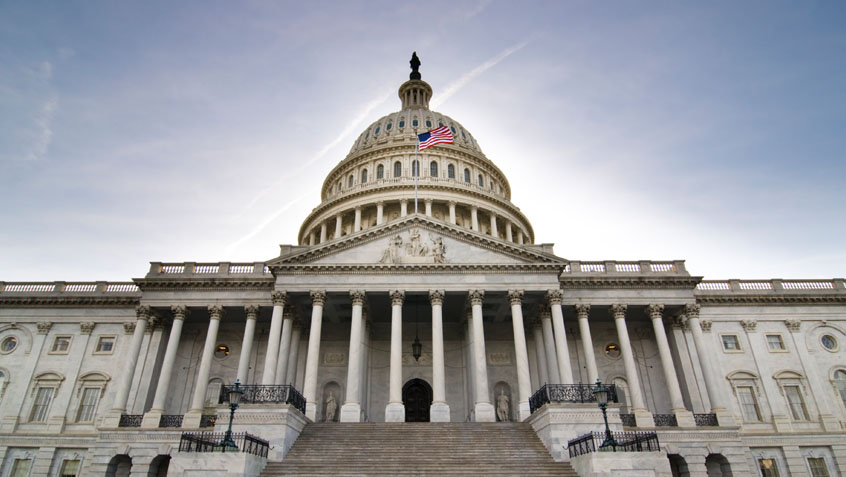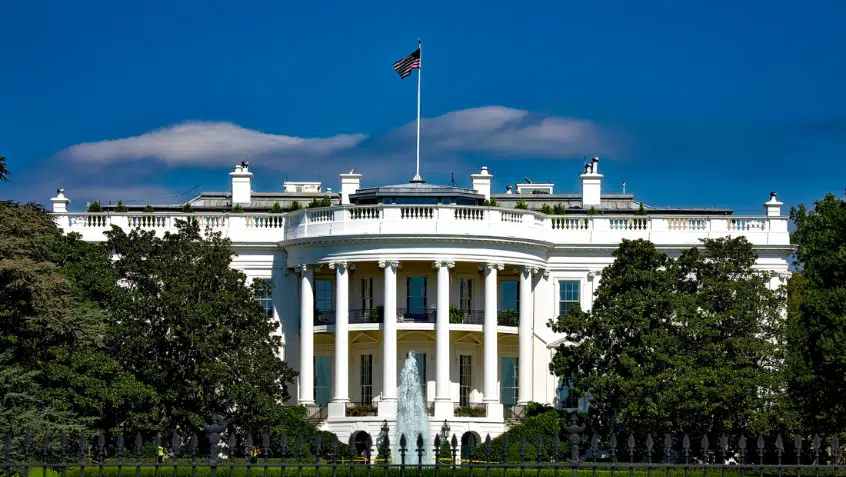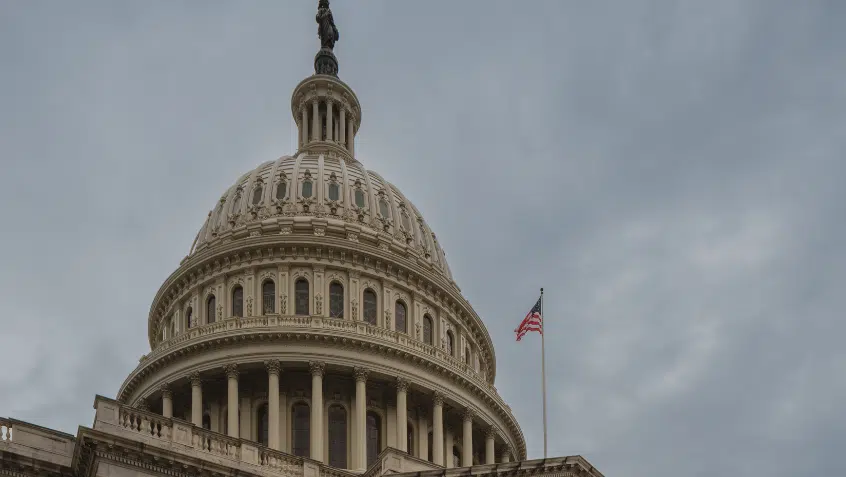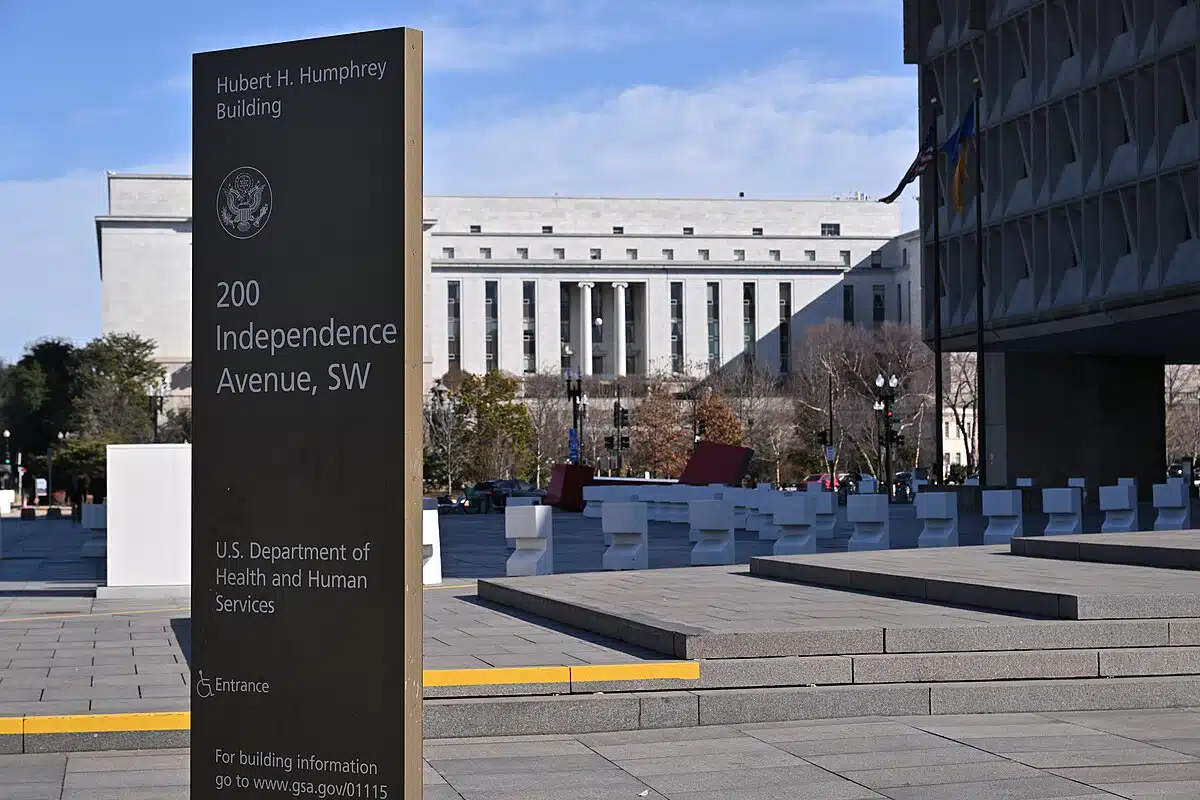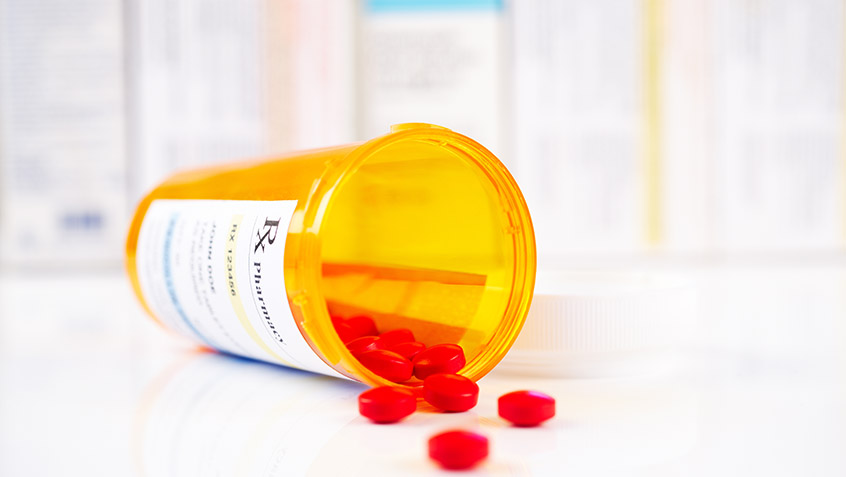
The Centers for Medicare & Medicaid Services (CMS) recently announced that the average basic premium for a Part D prescription drug plan is estimated to be $34 per month in 2017. This projected average premium is a slight increase over the average monthly premium in 2016 ($32.56) and represents the continued relative stability of Part D premiums.
Although Part D premiums remain stable, Part D costs continue to increase faster than other parts of Medicare. According to CMS, this increase is largely due to the high cost of specialty drugs, especially during the catastrophic coverage period. In all Medicare Part D plans, after the enrollee pays a certain amount in out-of-pocket costs (regardless of their total drug costs) for covered drugs, they will reach catastrophic coverage, when they pay a lower cost for their covered prescriptions. Part D plans receive capitated payments for portions of the Part D benefit, but Medicare is directly responsible for 80 percent of the cost of drugs purchased by people when they are in the catastrophic coverage period.
“Stable Medicare prescription drug plan premiums help seniors and people with disabilities afford their prescription drugs,” said Andy Slavitt, acting administrator of CMS. “However, I remain increasingly concerned about the rising cost of drugs, especially high-cost specialty drugs, and the impact of these costs on the Medicare program.”
For people with Medicare, they continue to see savings on their out-of-pocket drug costs due to the Affordable Care Act’s (ACA) closure of the Part D coverage gap, also known as the “donut hole.” To date, more than 10.7 million older adults and people with disabilities have saved over $20.8 billion (an average of $1,945 per enrollee) on prescription drugs since the ACA was enacted.
The Latest
Most Read
Congress Moves to Cut Medicaid
Threats to the Social Security Administration and to Benefits Continue to Raise Alarm
House Adopts Senate Budget Plan, Laying the Groundwork for Significant Health Care Cuts
Trump Administration and DOGE Eliminate Staff Who Help Older Adults and People With Disabilities
Add Medicare to Your Inbox
Sign up to receive Medicare news, policy developments, and other useful updates from the Medicare Rights.
View this profile on InstagramMedicare Rights Center (@medicarerights) • Instagram photos and videos

